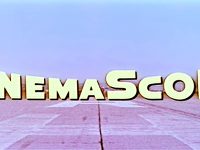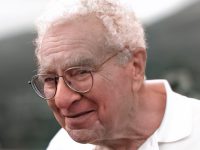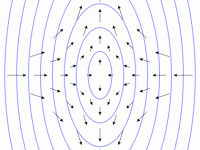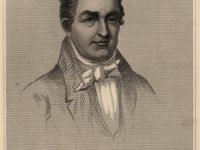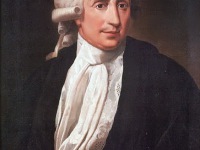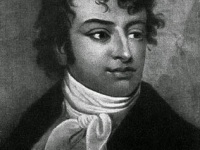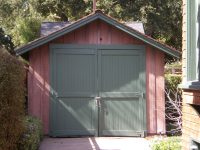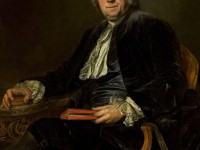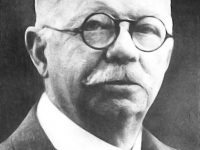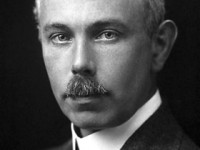Anamorphic Lenses and the Birth of CinemaScope Widescreen Cinema
On September 16, 1953, American Biblical epic film The Robe premiered, the very first film released in the widescreen process CinemaScope. Like other early CinemaScope films, The Robe was shot with Henri Chrétien’s original Hypergonar anamorphic lenses. The film marked the beginning of the modern anamorphic format in both principal photography and movie projection. Henri Chrétien and Anamorphoscope The basis for CinemaScope was probably formed by the French inventor Henri Chrétien who…
Read more

